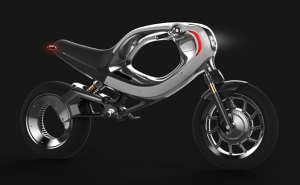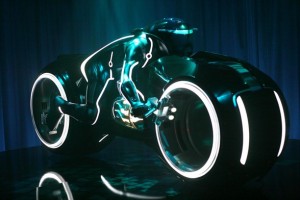Google is rumored to be releasing some Augmented Reality glasses later this year, and while there is no official word on this, they make no secret of the fact that they’re interested in this market and working on concepts. One such concept implementation is shown in the video below, and is a really interesting example not only of AR, but how Google specifically can offer services that enhance your AR experience.
Depressing data on the future of climate change
According to this article in the New York Times, the future does not bode well for our planet. By 2050, the global economy is expected to be about four times its current size, and fossil fuels will be supplying around 85% of energy at that time. Not only does that mean increased air pollution (and the health effects caused by that, such as millions of deaths per year due to air pollution), but an increase in global average temperatures of 3-6C, well above the 2C limit internationally agreed upon. With increasing population will also come increasing demand for water, something that is already in scarce supply in much of the world. As climate patterns change due to global warming, we can expect those water supplies to be further strained as historical norms make way for the new (look at Texas’ drought as one example).
So, what can we do? Let’s face it, not much. In the US, we have a major political party that’s still in denial, so we could start there perhaps. Realistically though, Bill Gates got it right in this TED talk where he says that what we need is a ZERO CO2 energy economy. We’re so far away from that, that if we don’t take action and get serious about this soon, it’s going to be a really rough transition to adapt to a dramatically warmer Earth. It’s a good talk, watch it:
Peak Helium?
Bad news, kids…we’re approaching ‘peak helium.’ This rare gas is obtained as a by-product of the petroleum industry, and thanks to huge stockpiles this country set aside after WWI, supply has been plentiful. However, those helium reserves are dwindling as demand exceeds production…once gone, expect prices to skyrocket faster than, well, a helium filled balloon. The days of cheap helium party balloons are numbered…enjoy it while you can! On the more serious side, this gas is incredibly useful for extreme refrigeration needed in many science and medical applications, so the impact will be far-reaching. Read more over at the Guardian.
Is sugar toxic?
Would you consider sugar toxic? I didn’t used to, but the more I read about it, the more I’m convinced. A recent segment on 60 minutes helped explain this more, check out the article here or a brief follow-up video below.
eBike concept
 When I saw this eBike concept from Frog Design, my initial reaction was, look at all that wasted space in the middle section where a larger battery could reside. It’s a trap I fall into sometimes…trying to optimize any design for function and performance, while ignoring what is perhaps the most important element of any product design.
When I saw this eBike concept from Frog Design, my initial reaction was, look at all that wasted space in the middle section where a larger battery could reside. It’s a trap I fall into sometimes…trying to optimize any design for function and performance, while ignoring what is perhaps the most important element of any product design.
Emotion.
That center void in the bike concept? It looks cool and creates flowing curves, further enhanced through the use of materials, colors, and illumination (check out some of the other pictures for that). The emotional attachment between a consumer and the product is absolutely critical. Not to say that technical performance isn’t, but you can’t have one without the other. Apple’s iPads and iPhones are great examples of that, where the form factor and graphical user interface create a welcoming experience for the user and ultimately a very successful product.
With the miniaturization of technology, more and more emphasis will be placed on the emotional side of design. I mean, who wouldn’t want to own a lightcycle if given the chance!

